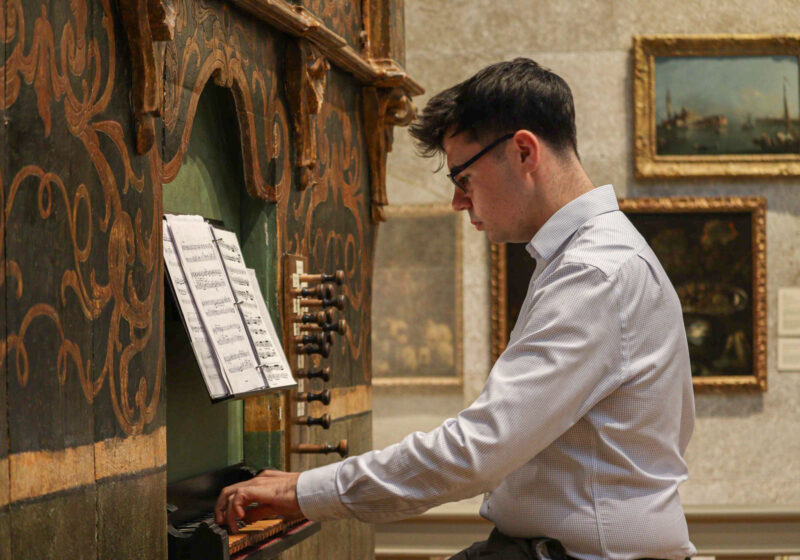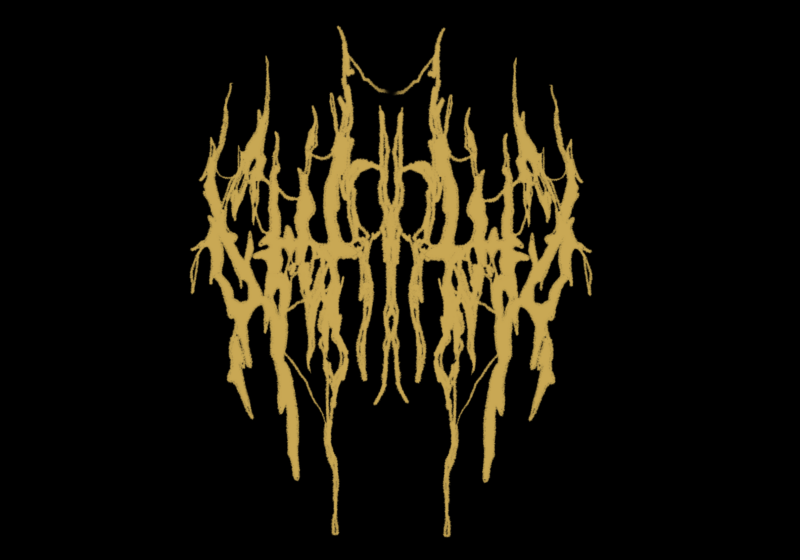The attacks of Sept. 11 have caused me to reevaluate my understanding of race and race relations in America. In a New York Times article dated Oct. 10, 2001, Somini Sengupta argued that, “the way New Yorkers perceive one other across color lines has changed.”
She argues for the presence of racial harmony after the attack, reporting that, “In Fort Greene, Brooklyn, a crew of black and Latino teenage boys say they can no longer think of the police as enemies. Since Sept. 11, the boys say, the officers who patrol their neighborhoods, most of whom are white, no longer eye them with suspicion.” She continues to argue that dissolving racial tension aids the stability of a nation that is preparing for war.
My first reaction was to be hurt by the irresponsibility she displayed as a reporter, showing complete insensitivity towards a particular racial divide that was exacerbated by the Sept. 11 attacks. I will not believe her suggestion that popular understanding of race relations is so pervasive that “racial harmony” is said to exist if black-white tensions were dissolved.
The consequence of reducing race to blacks and whites meant that racial prejudice demonstrated elsewhere ? as it has been and still is ? is invisible. In the days that immediately followed the attack, before the United States had enough intelligence to immediately begin taking foreign offensive action, the news was overwhelmed with accounts of racial backlash against people of foreign descent.
For the first time on such a large scale, the backlash in America was not against its usual targets ? blacks, gays or abortion doctors and their female clients.
Instead, organized hatred was directed towards American citizens and visa-holders of a presumed Arab background.
Lebanese Christians, Indian and Pakistani Sikhs and Muslims from all corners of the world and political proclivities were targeted, intimidated, insulted and assaulted.
At present, over 1000 people are detained by the U.S. government, many of whom don’t even know the charges levied against them or the evidence government has amassed to support suspicion. The government is cracking down on visa infractions, and people ? immigrants and residents with legal visas ? are hesitant to fly to their homes abroad, for fear of trouble reentering the United States.
This situation is now more intense since immigrant terrorist legislation was passed Wednesday morning. It seems reminsicent of Japanese internment in World War II and Senator McCarthy’s Communist lists. Racial tension is being applied to new targets in different ways.
Of most concern is the situation of civil rights in America, government censorship and limitations on rights to dissent. For many of the “brown people” here and around the world, racial harmony has never been more challenged.
The suggestion of a healed racial relationship in America makes me wonder if black and Latinos, groups that are allegedly no longer in suspicion, are celebrating or if they are advocating on behalf of others? I wonder if “brown people” the world over are reflecting on the tension and recalling the days when racism was against blacks and Latino? I hope blacks and Latinos don’t feel like their struggle against race is over, and I hope that “brown people” don’t recall pre-Sept. 11 as the good ol’ days for race relations.
The attacks have many implications for the relationship between the “us” and the “them” in America. As the news now covers “us” Americans against “those” Taliban forces, I wonder what we can do about the “us” and “them” inside America’s borders.
I have always felt that there was a place for mainstream white America to advocate the rights of others, and that there was always a common ground on which we could stand together.
However, in the weeks since the attacks, Sengupta’s article has encouraged my worst fears. Sengupta’s article presupposes more than simply that a certain group of black and Latino youth feel like they have new allies in white police officers.
I am afraid that as blacks and Latinos feel safe and new groups feel fear, it presupposes that America always needs an enemy within its borders, someone not to trust, to police and bully without justification.
Mostly, I am afraid that her article presupposes that we really don’t care about our common plight as Americans. Sengupta suggests that we are justified in celebrating racial harmony between white, blacks and Latinos, even if we neglect to explore discrimination against other ethnic groups.
If people do not take offense to Sengupta’s final presumption, it challenges my belief that we have both a responsibility as well as a capability to improve the rights of other people. Is it impossible to stand together to fight for the guaranteed liberties and freedoms of all Americans?
The new racial targets in America need others to actively advocate on their behalf. The old racial targets in America need others to advocate on their behalf. At the end of the day, we cannot stand for intolerance of each other.
But before we can begin to advocate for equality and justice for all, we must be able to see the discrimination in our midst, and treat it with respect, sensitivity and awareness.
Hall can be reached at hhall@campustimes.org.




